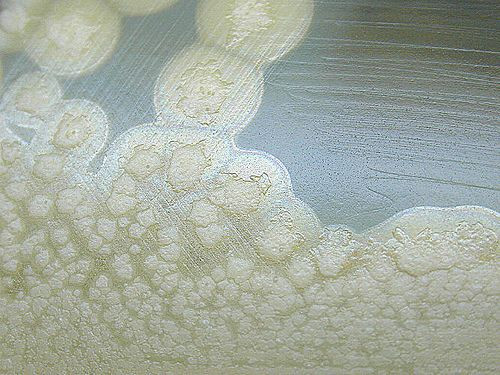New Botulinum Toxin Deemed Deadliest Substance Ever: Sniffing 13-Billionths Of A Gram Can Kill

A newly discovered botulinum toxin, now the eighth family of the protein to be discovered by scientists, has been called the deadliest substance ever known. Because no antidote has yet been created, the gene sequence behind the protein remains a secret, as the researchers who discovered it fear it could fall into the wrong hands.
The new toxin has been classified as botulinum toxin H. Up until its discovery, scientists had established botulinum toxins A-G, which all have corresponding antidotes to protect infected people from developing a potentially lethal case of botulism. The root bacteria, Clostridium botulinum, has the devastating ability to block acetylcholine production — the chemical that enables muscle function — and render the sufferer paralyzed, a condition that often leads to death.
The new type H toxin was found in the feces of a child with the disease, according to Stephen Arnon and his colleagues at the California Department of Public Health in Sacramento. They reported their results this week. The toxin is so deadly, in fact, that simply sniffing it at a dose of 13-billionths of a gram can be lethal. Worse, an injection of only 2-billionths of a gram can kill. For comparison, arsenic, one of the most popular fatal poisons, is lethal at only one-tenth of a gram.
Traditional antibodies were only mildly effective at degrading the toxin, and no protective effects were observed when experimenters administered types A-G antibodies to mice or rabbits with the type H toxin.
This is the first time scientists have withheld the gene sequence of a newly discovered substance. Normal protocol dictates researchers publish the data in a public database, called GenBank, but because the toxin is so lethal, it was decided the move was too risky.
"Because no antitoxins as yet have been developed to counteract the novel C. Botulinum toxin, the authors had detailed consultations with representatives from numerous appropriate US government agencies,” noted the editors of the Journal of Infectious Diseases, where the study was published. These included the infectious disease laboratory at the U.S. Army, the Department of Homeland Security, the Centers for Disease Control and Prevention (CDC), and several other health departments.
Deadly diseases and toxins routinely pose such a moral threat to scientists, who must decide whether the general public will potentially benefit or suffer from the DNA information being made available. This was the case last year when Stanford University researcher David Relman was one of six members of a U.S. government committee to disagree with the decision to publish H5N1 bird flu sequencing. The information would’ve made it much easier to make a strain of the virus and transmit it across mammal species.
Additional testing to beef up the antibody’s effectiveness and safety is needed before proceeding to clinical trials of the drug on humans, the researchers noted. The popular cosmetic treatment known as Botox utilizes a weak form of the toxin, type A, as its chief ingredient.
Of the current toxin, Relman said releasing the sequencing would be, according to New Scientist, "an immediate and unusually serious risk to society.”
Source: Barash J, Arnon S. A Novel Strain of Clostridium botulinum That Produces Type B and Type H Botulinum Toxins. Journal of Infectious Diseases. 2013.



























